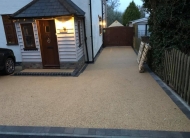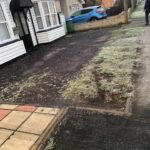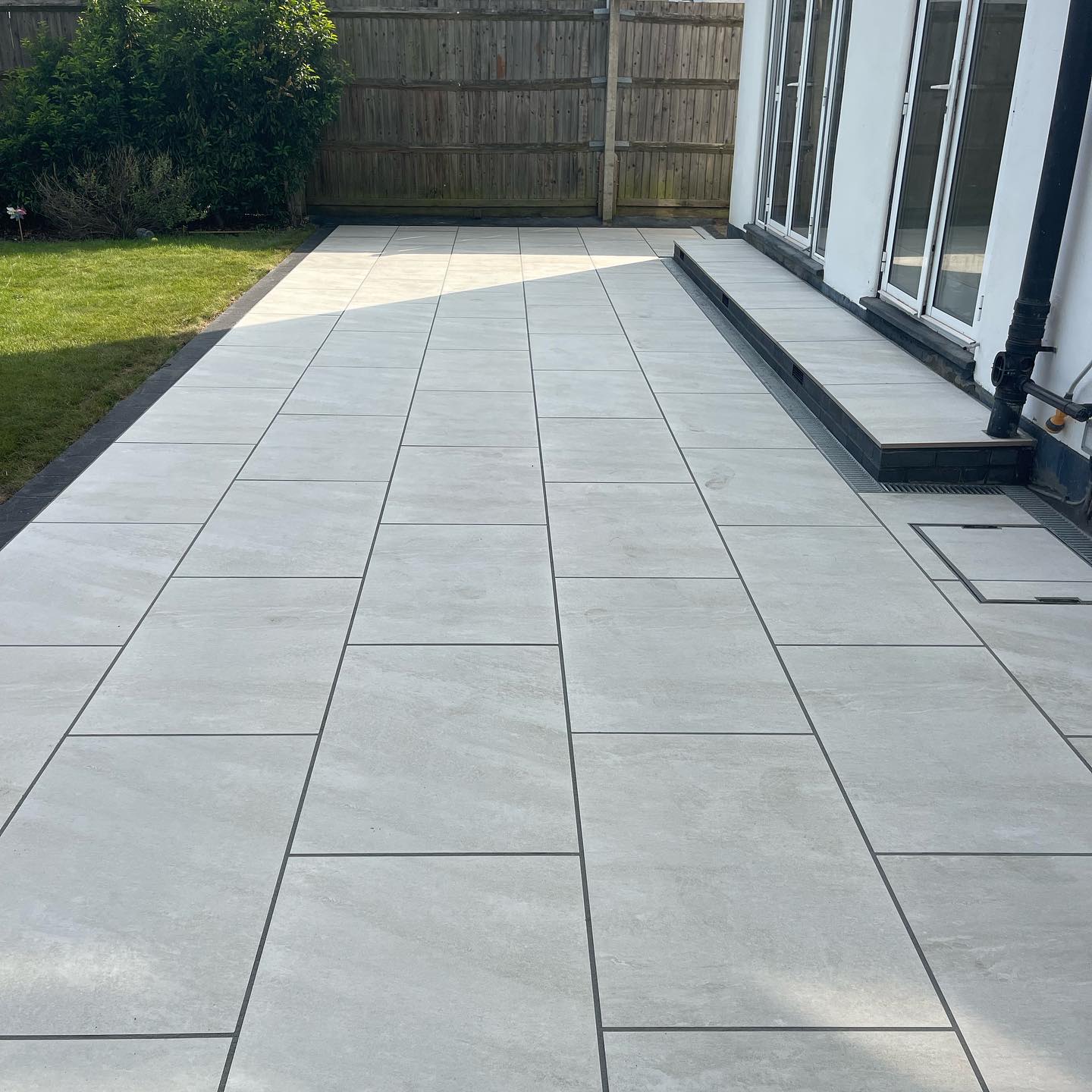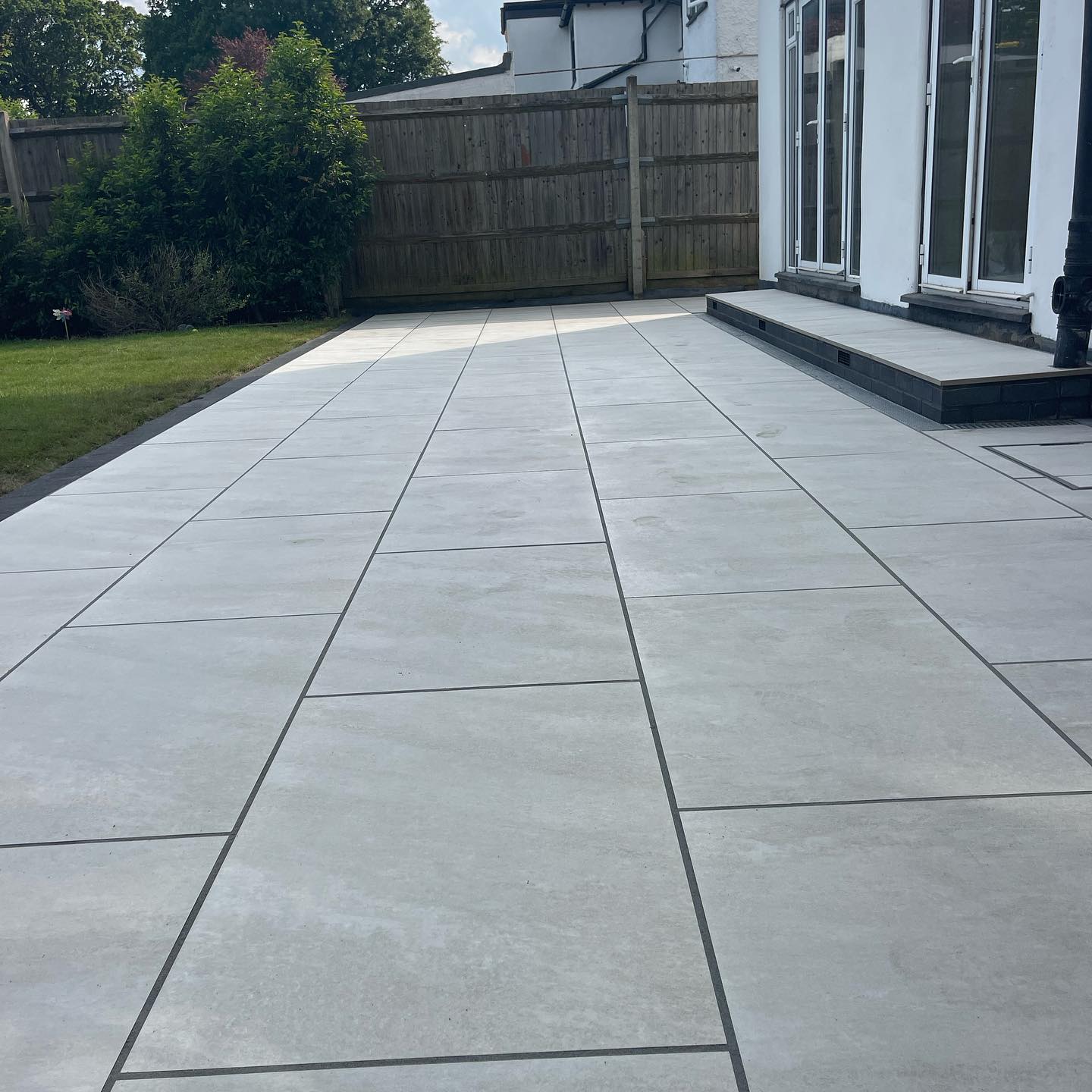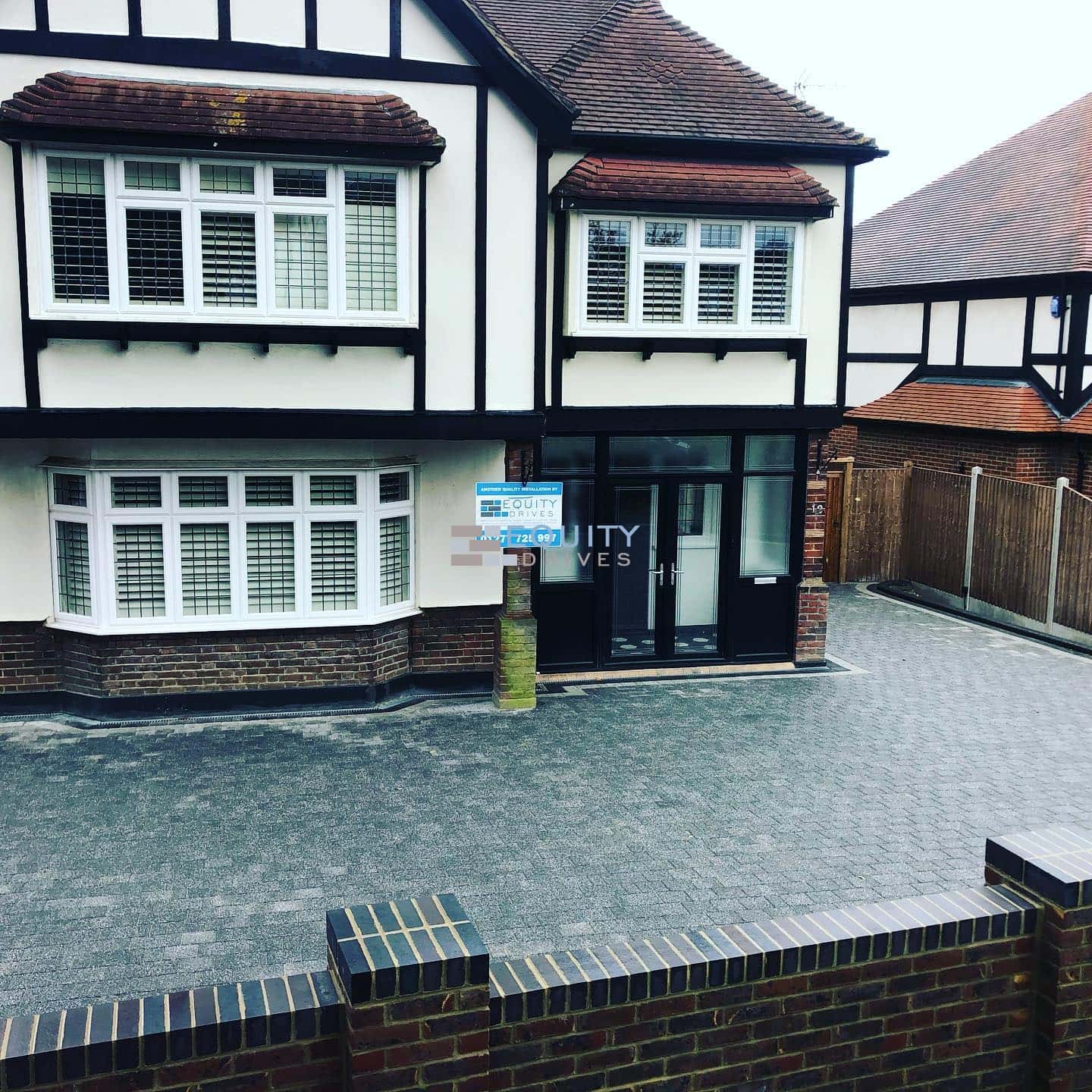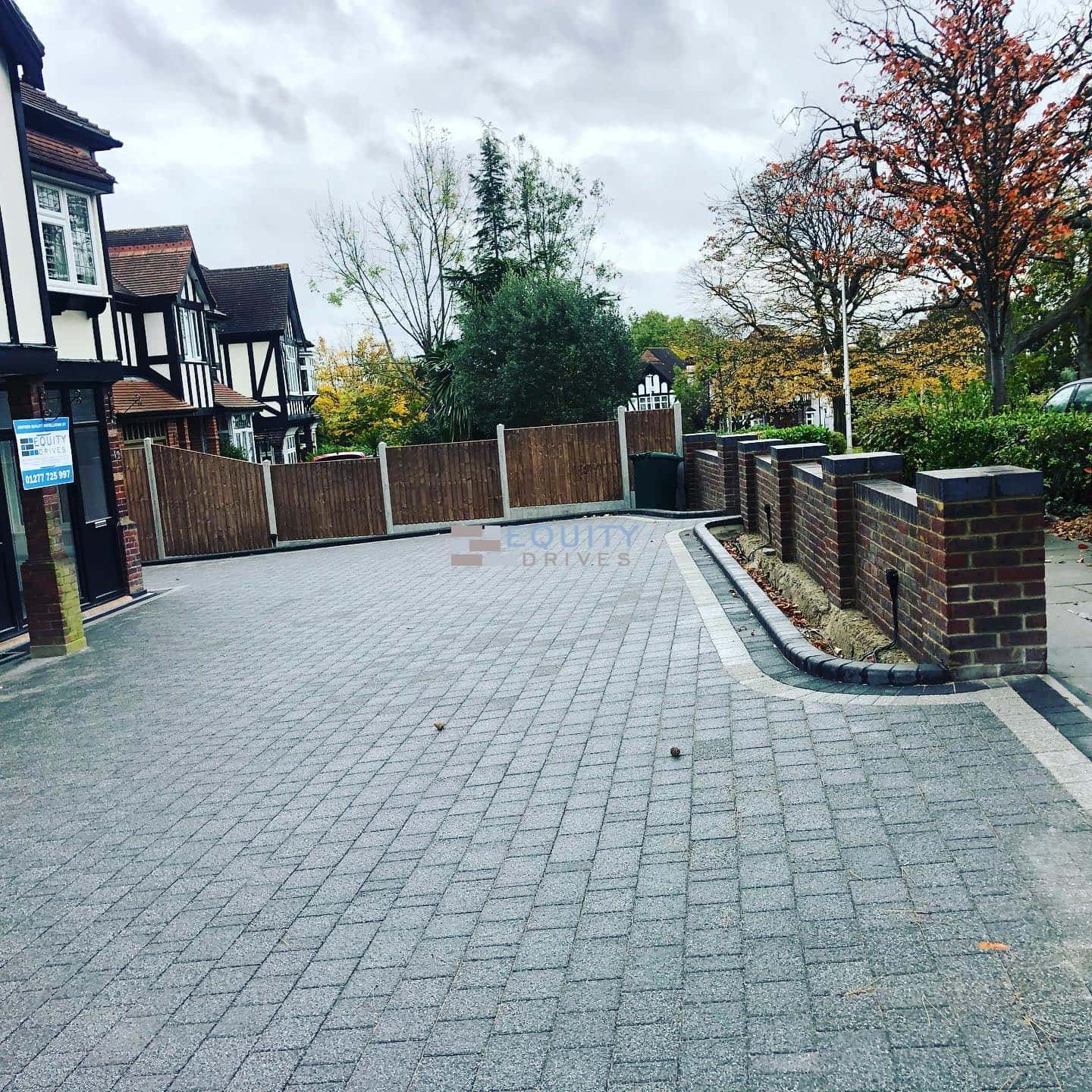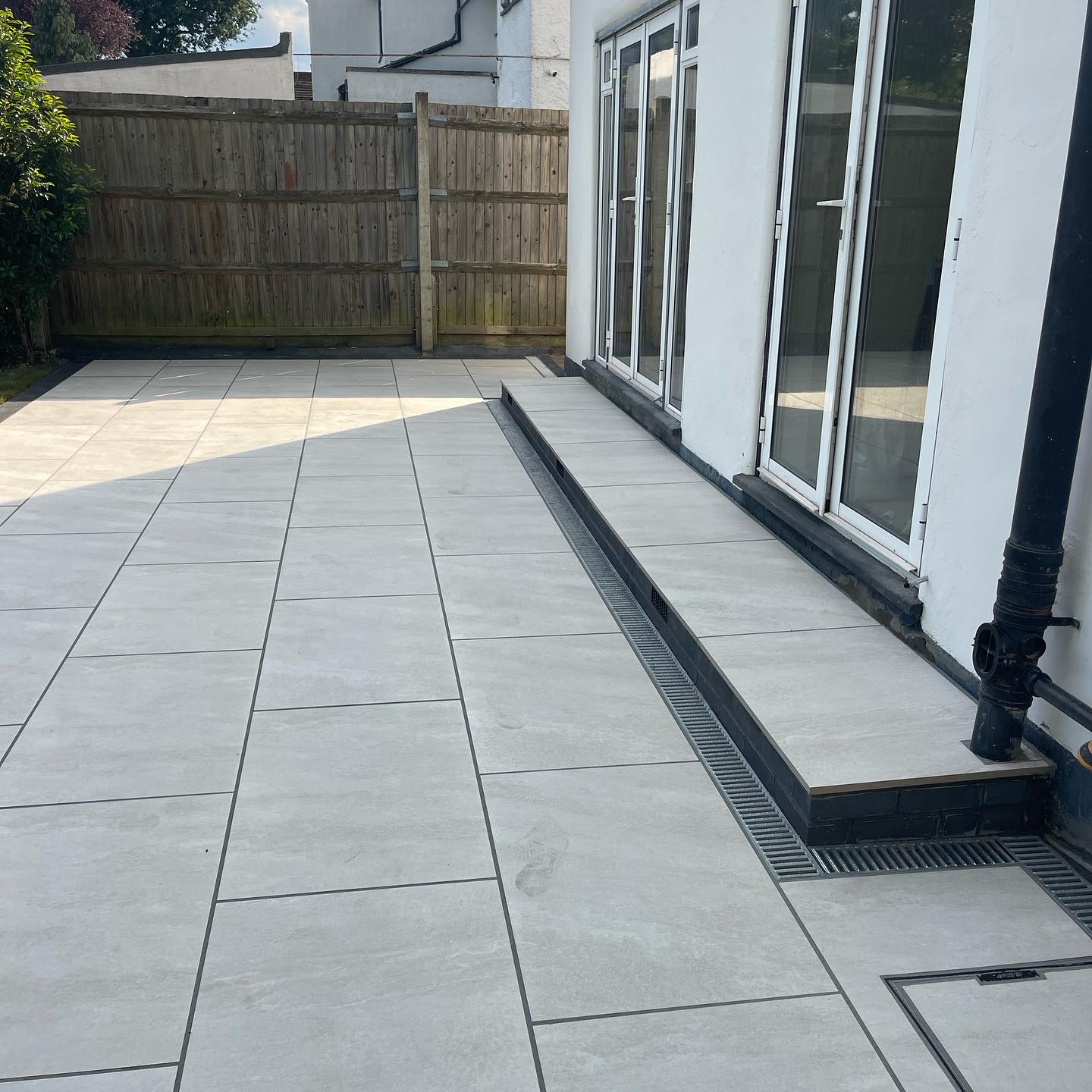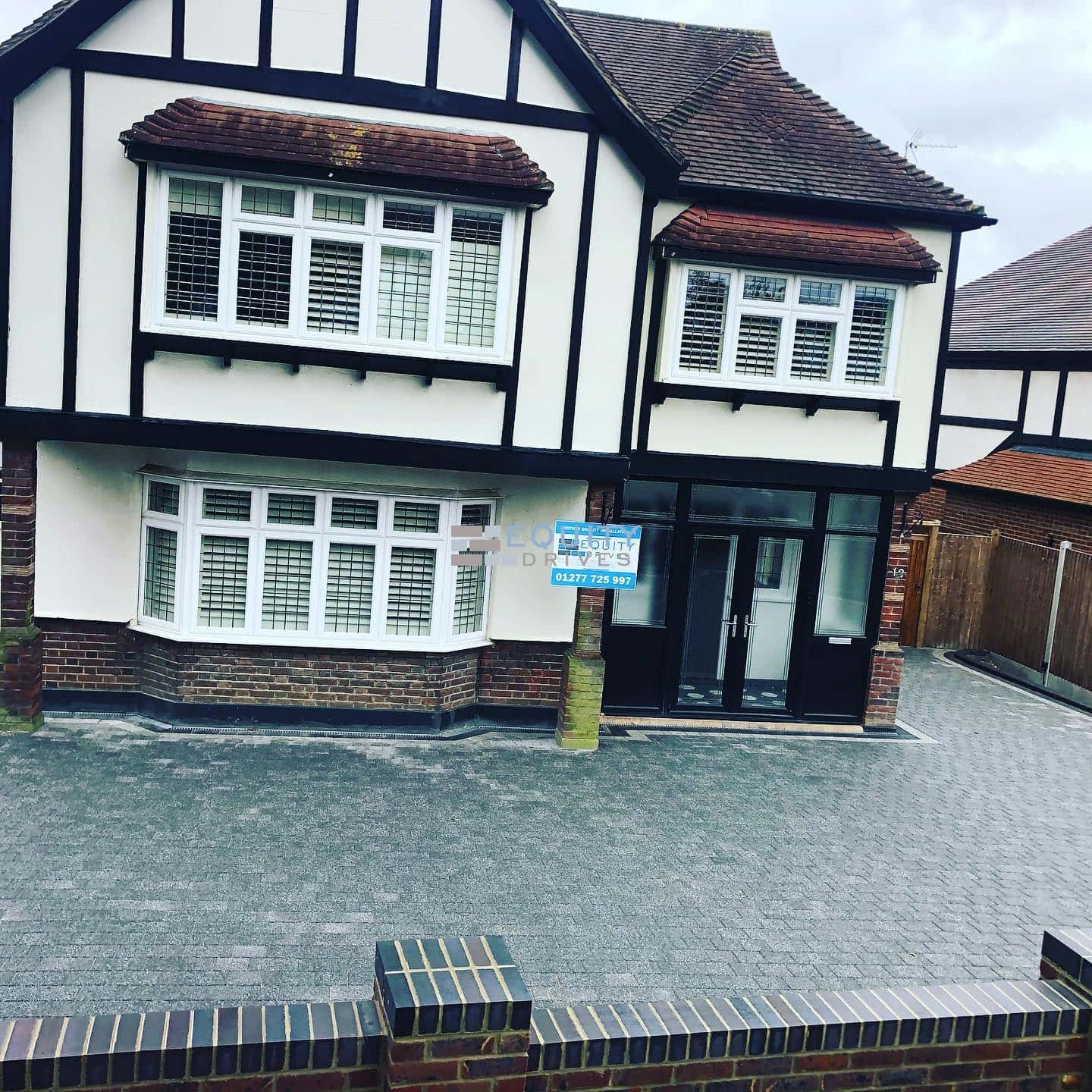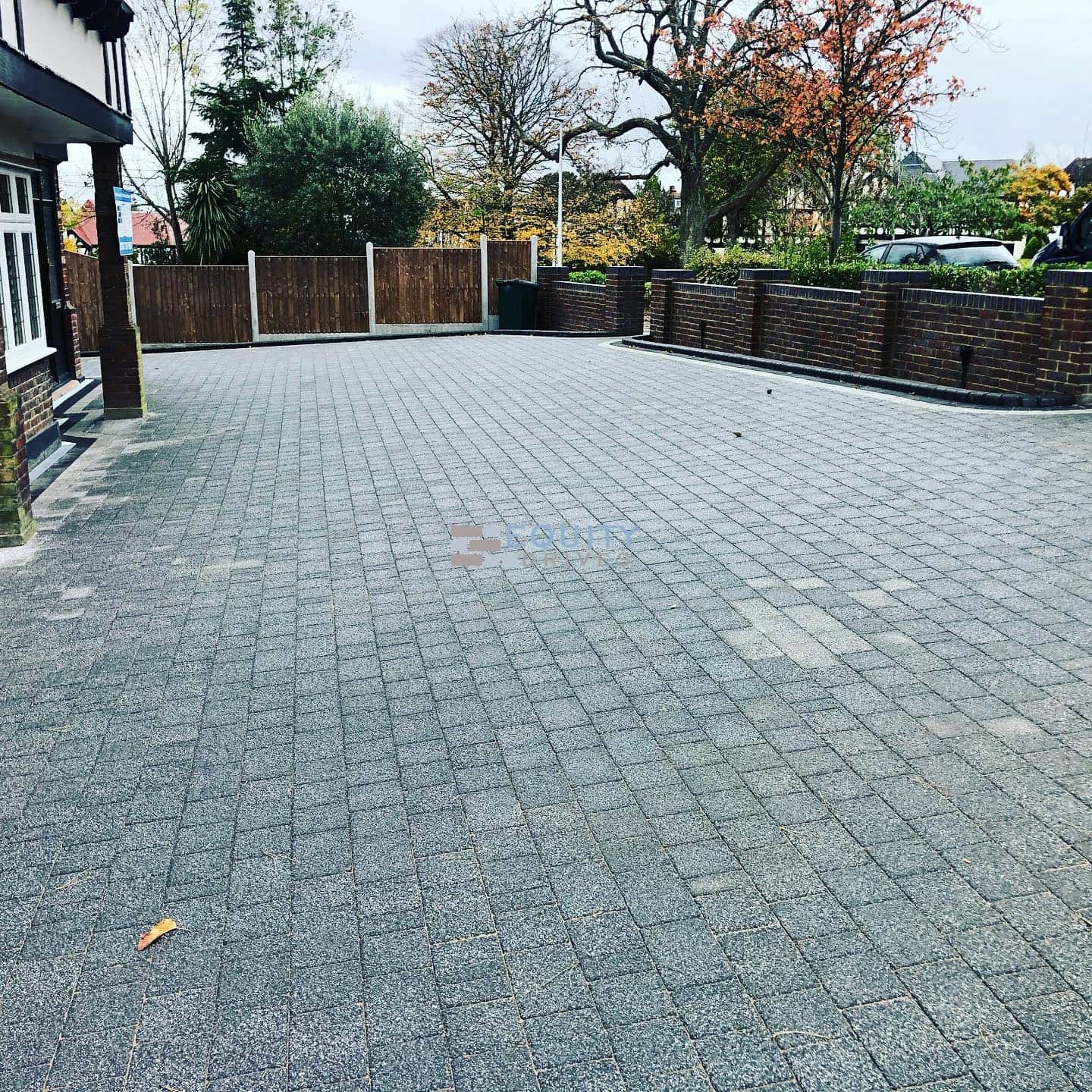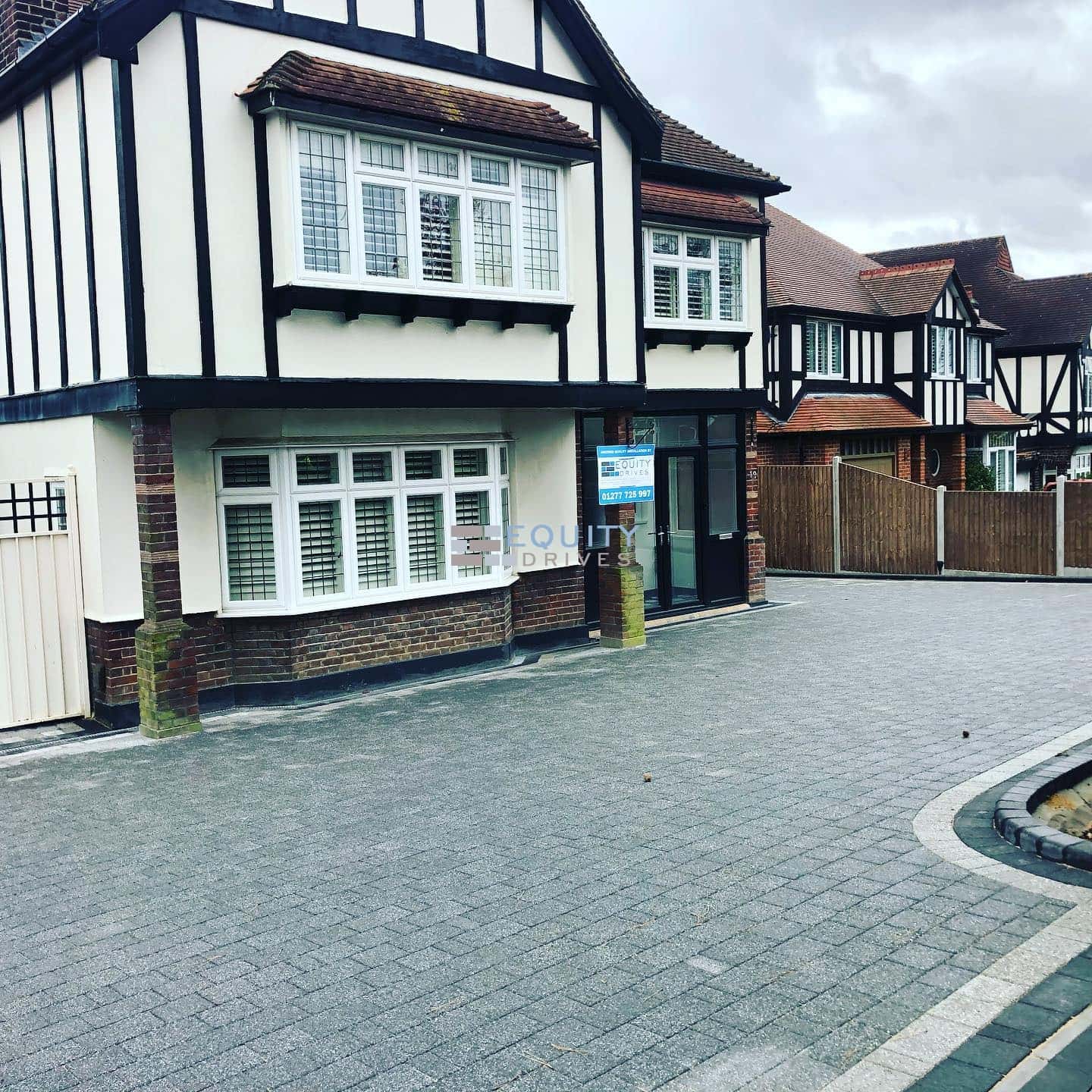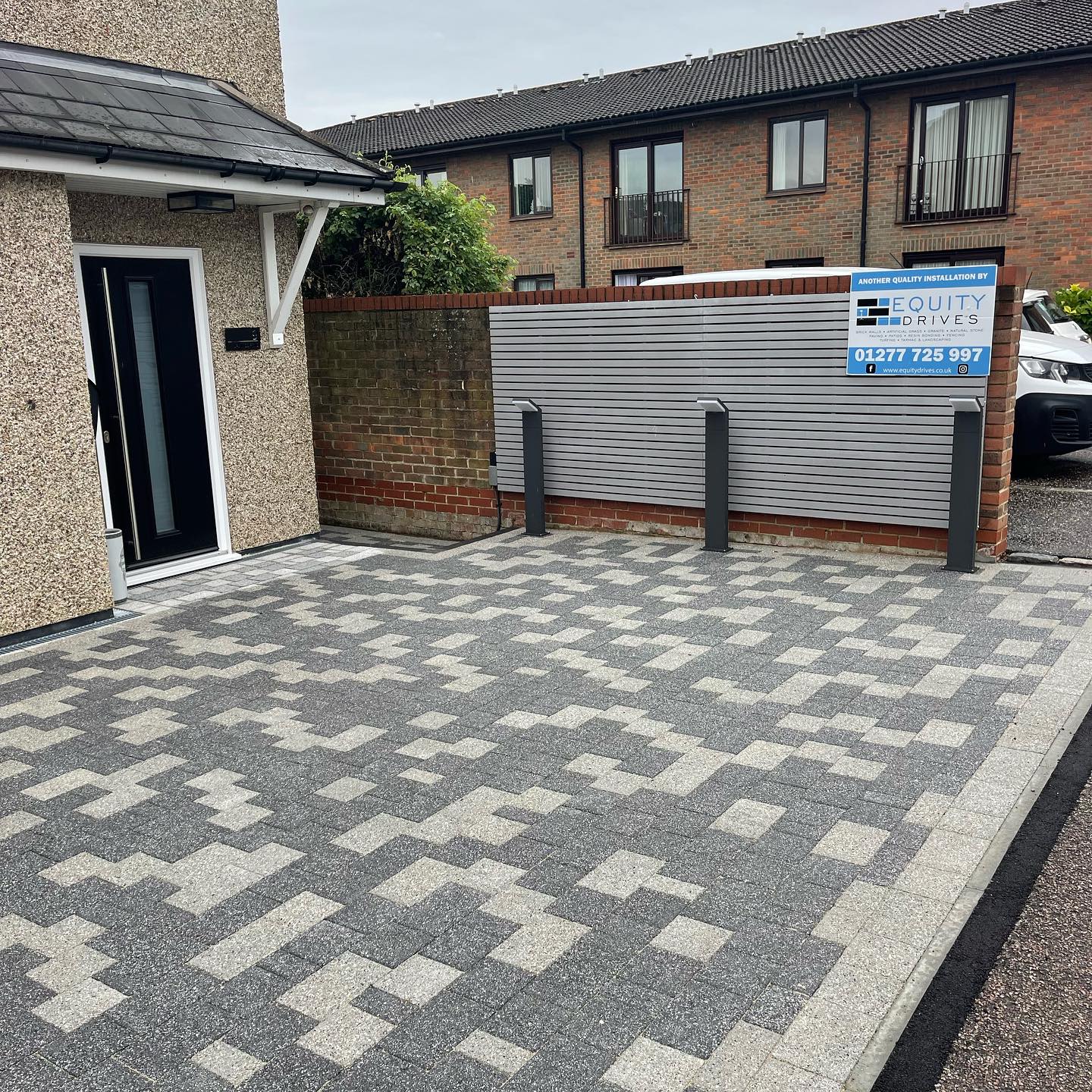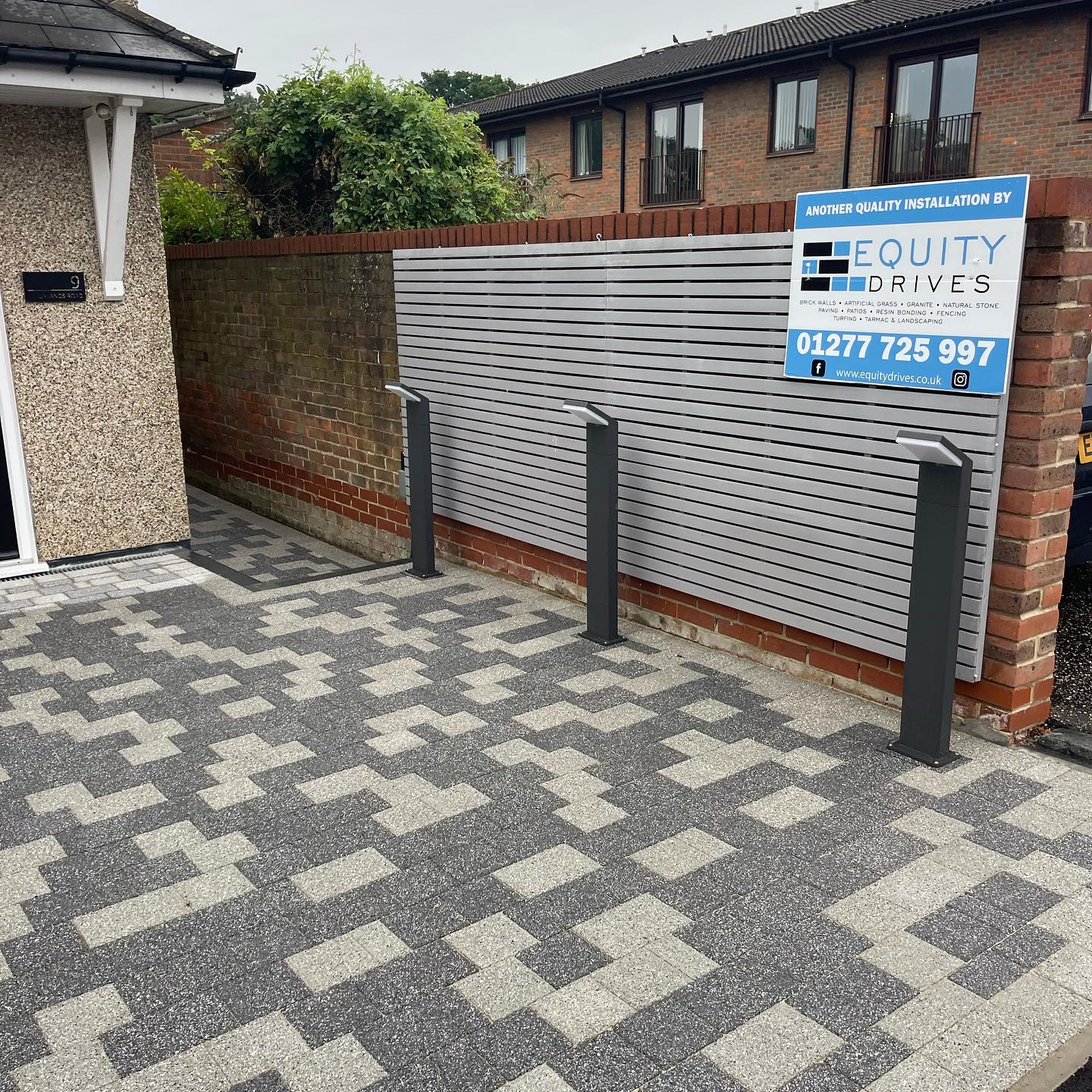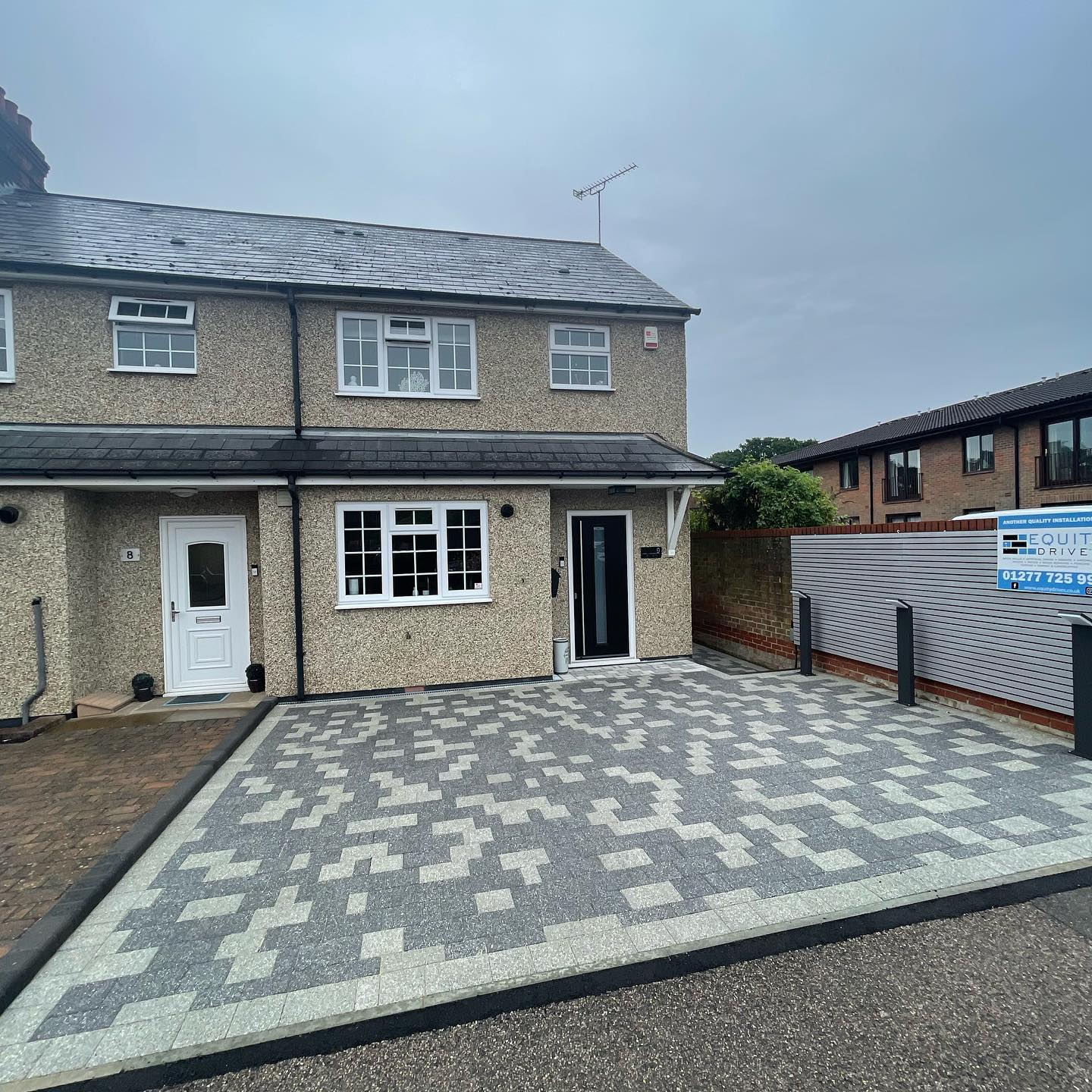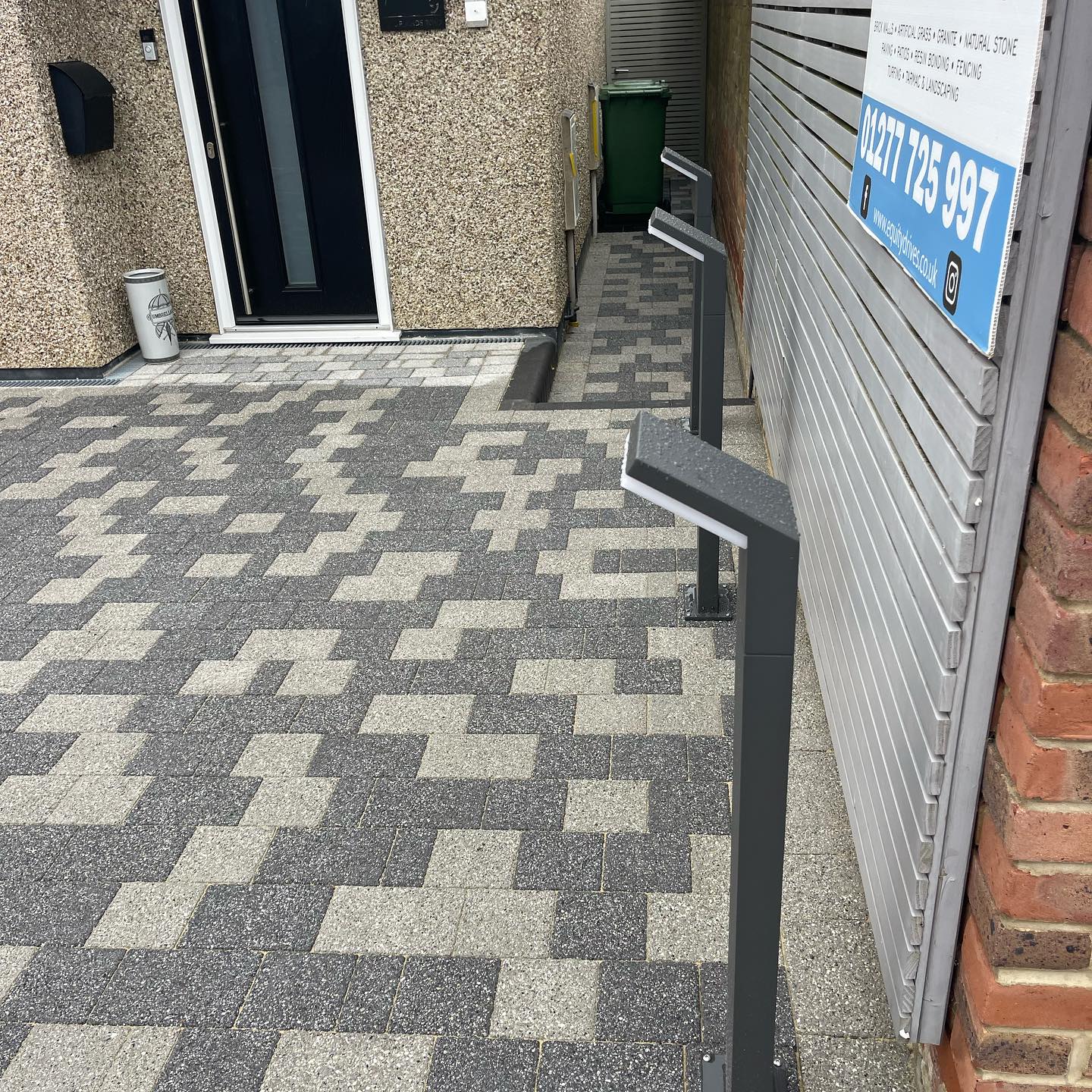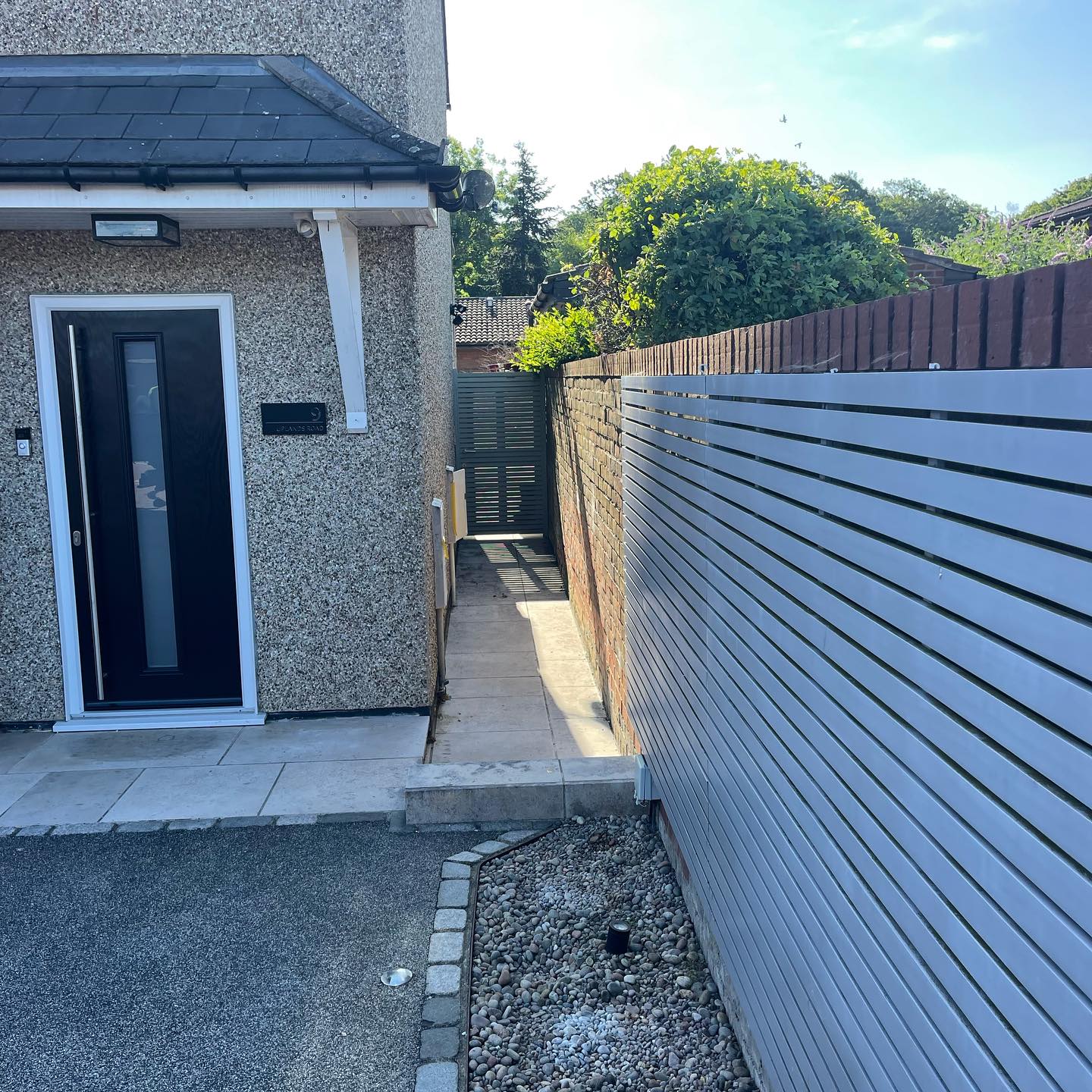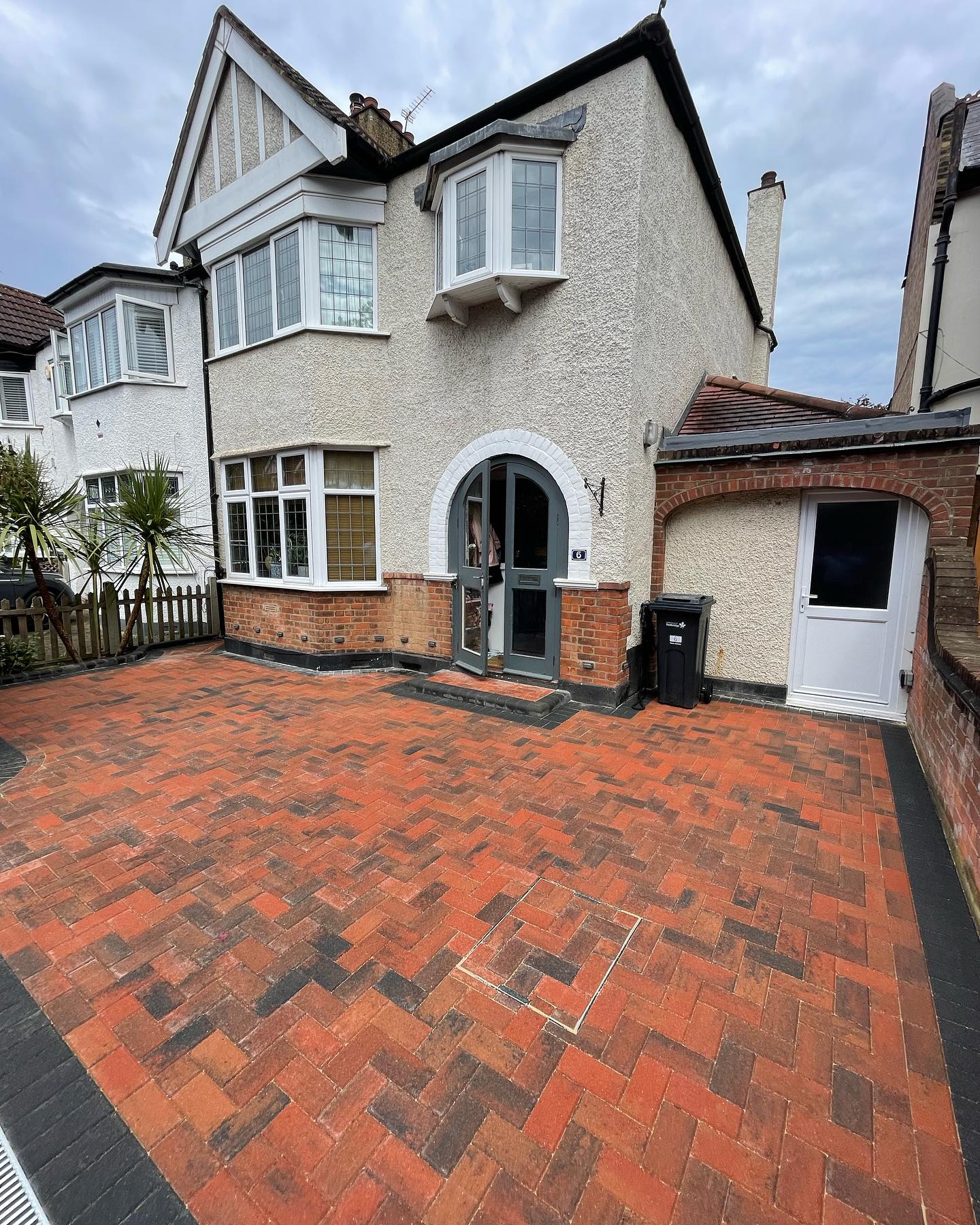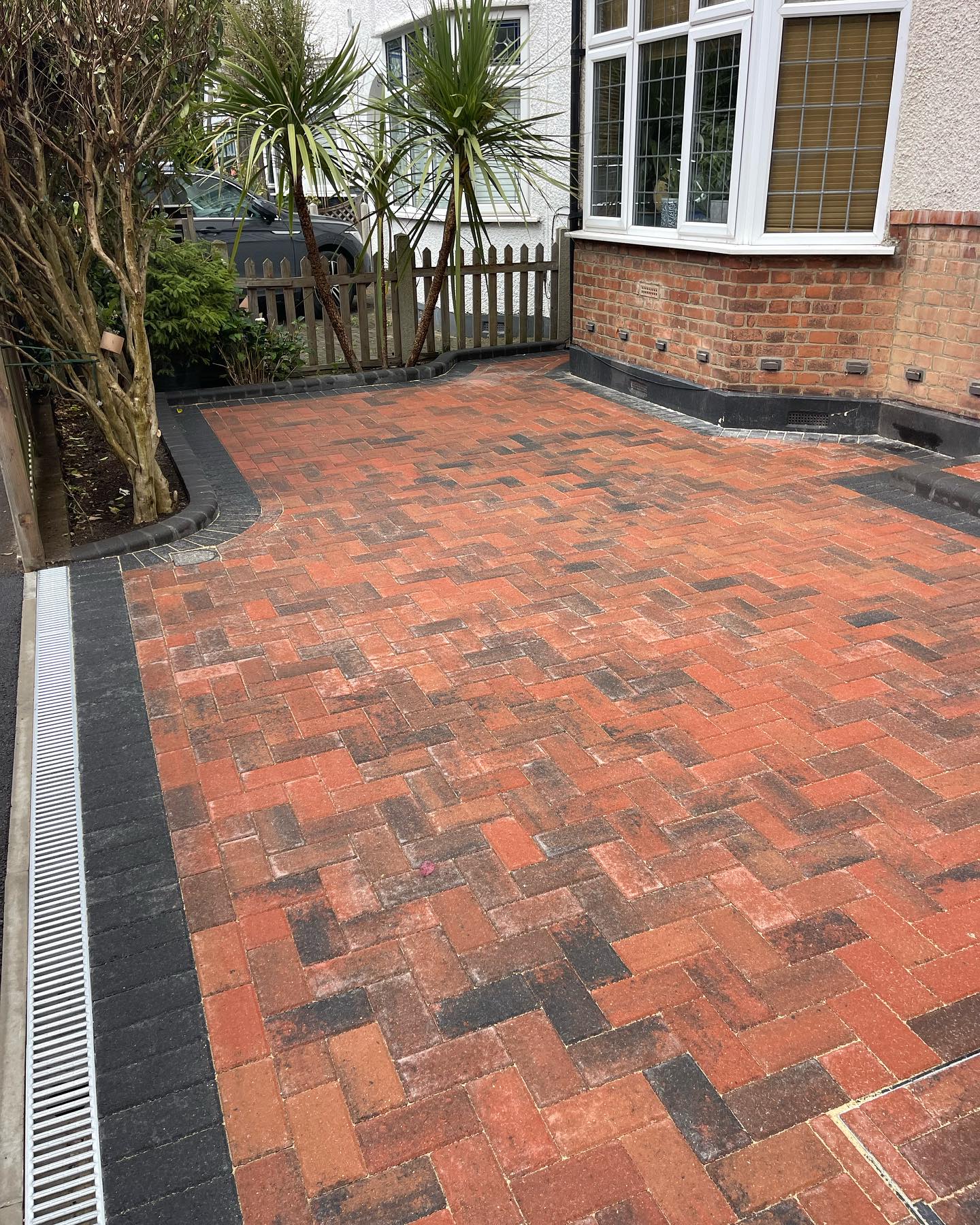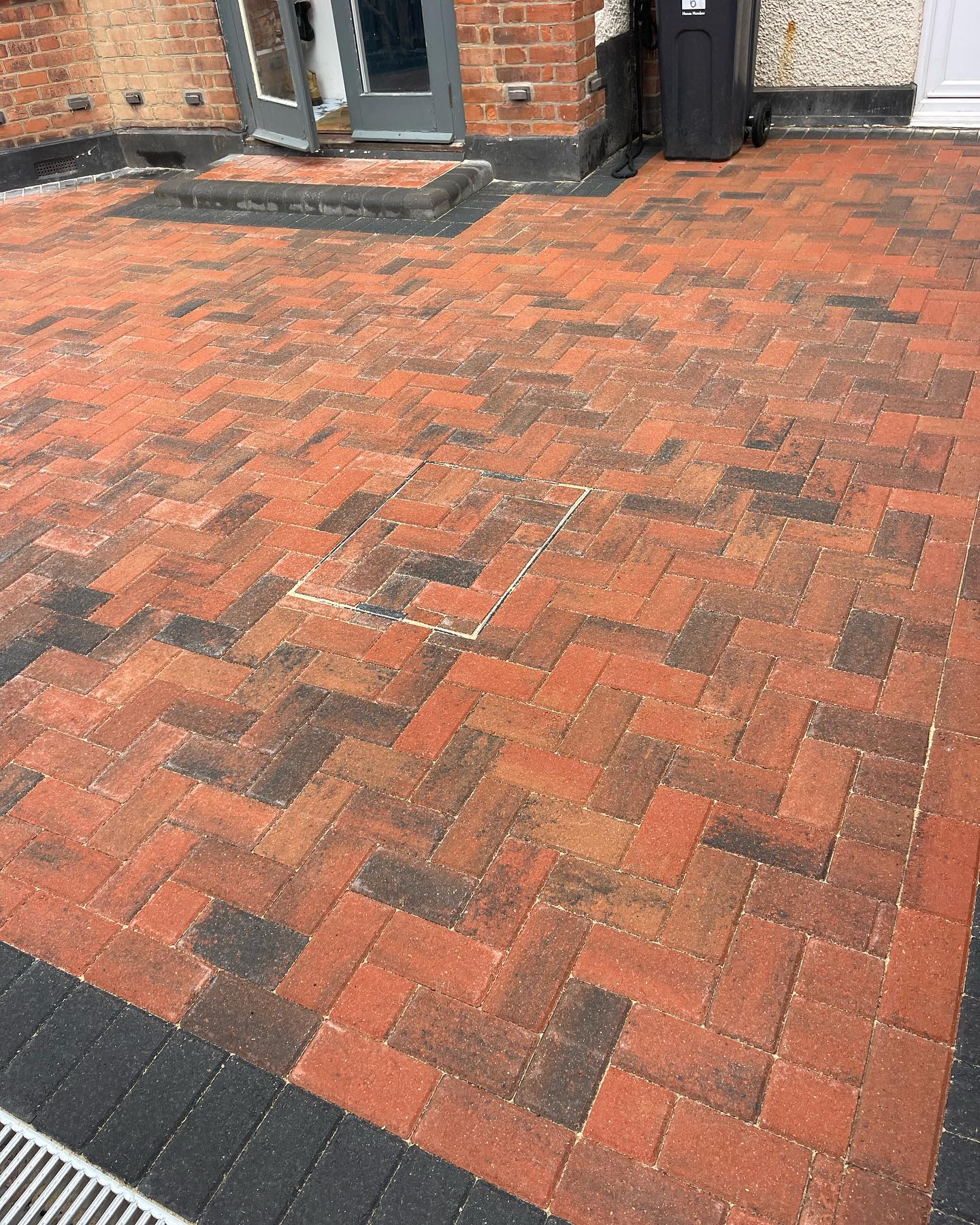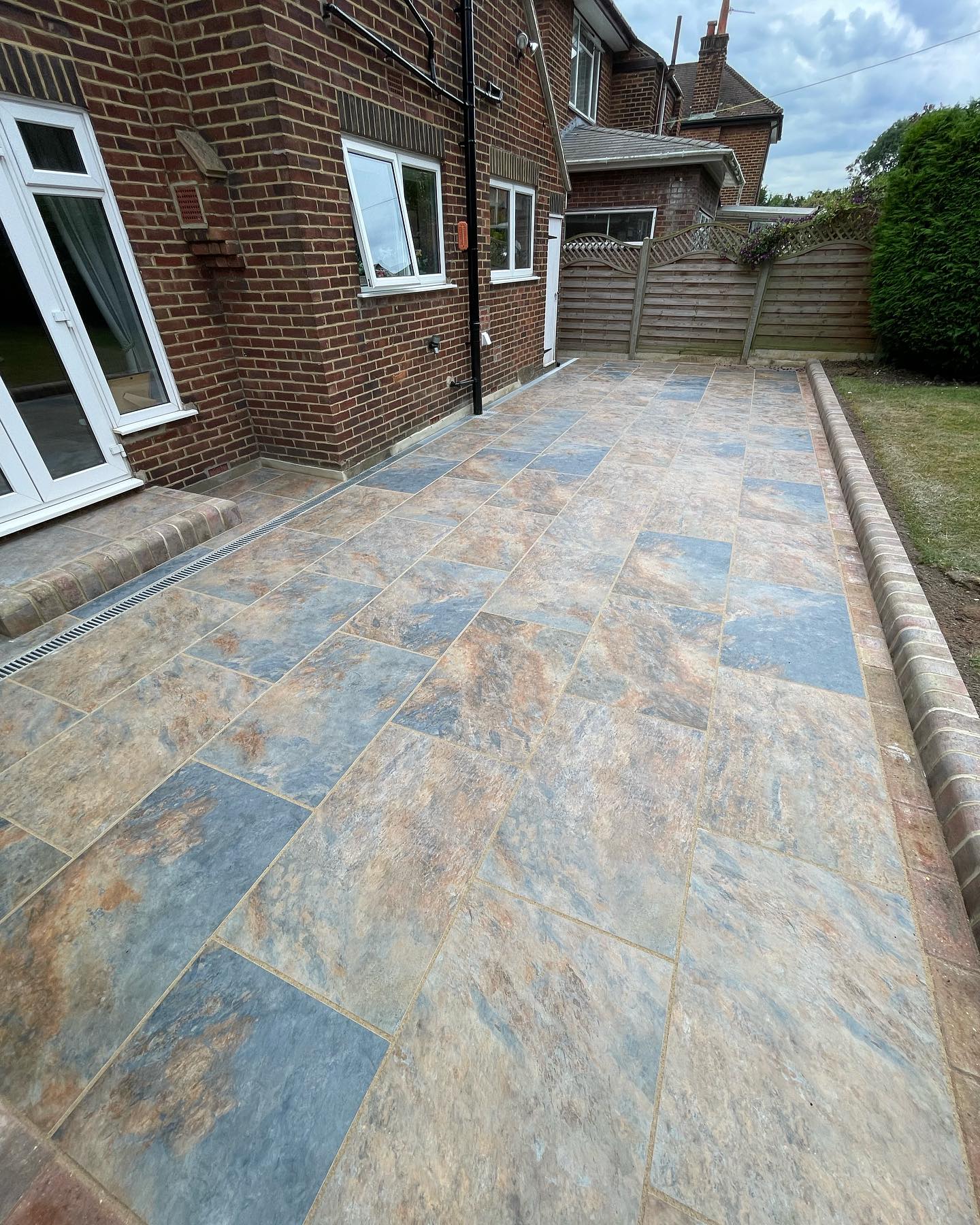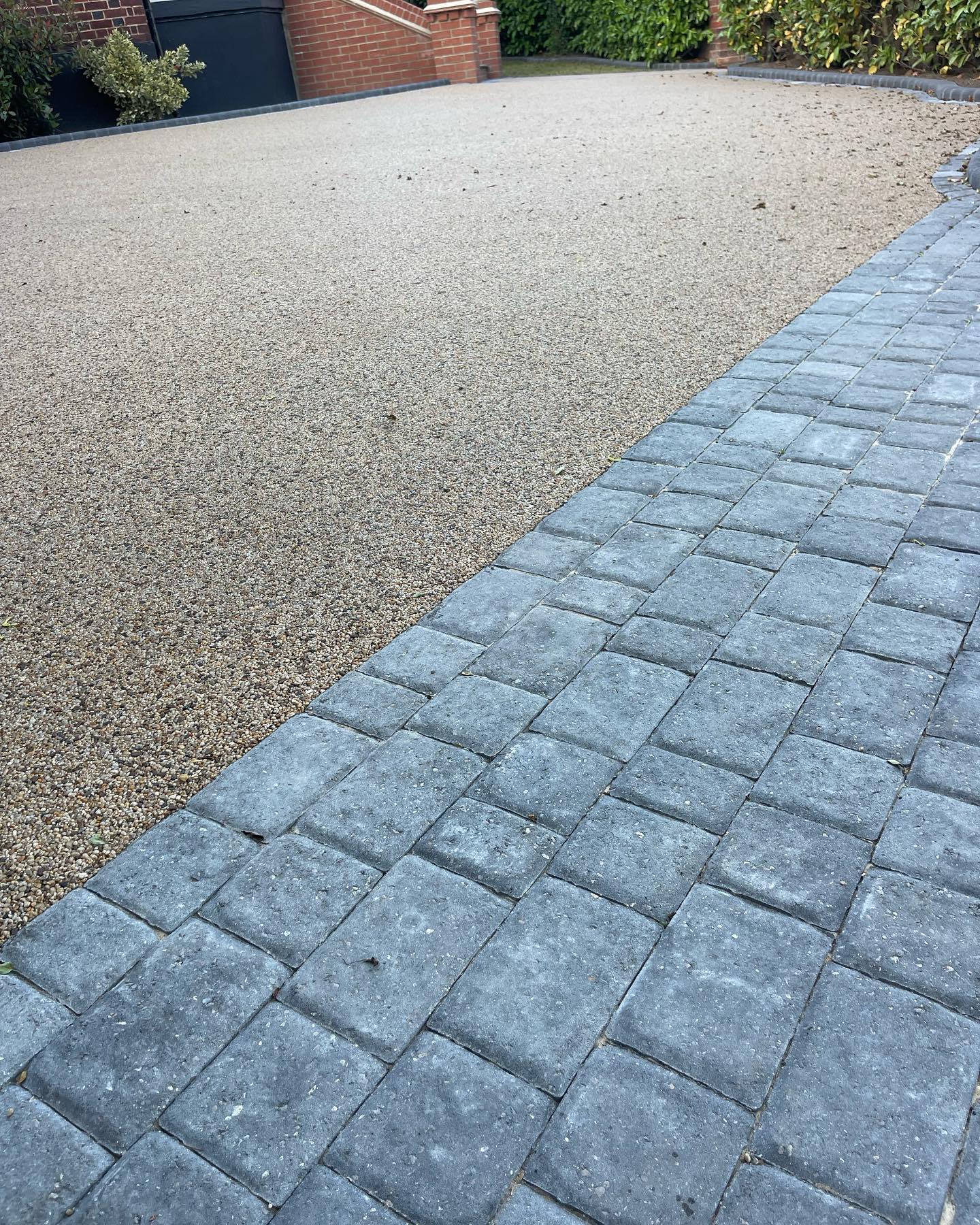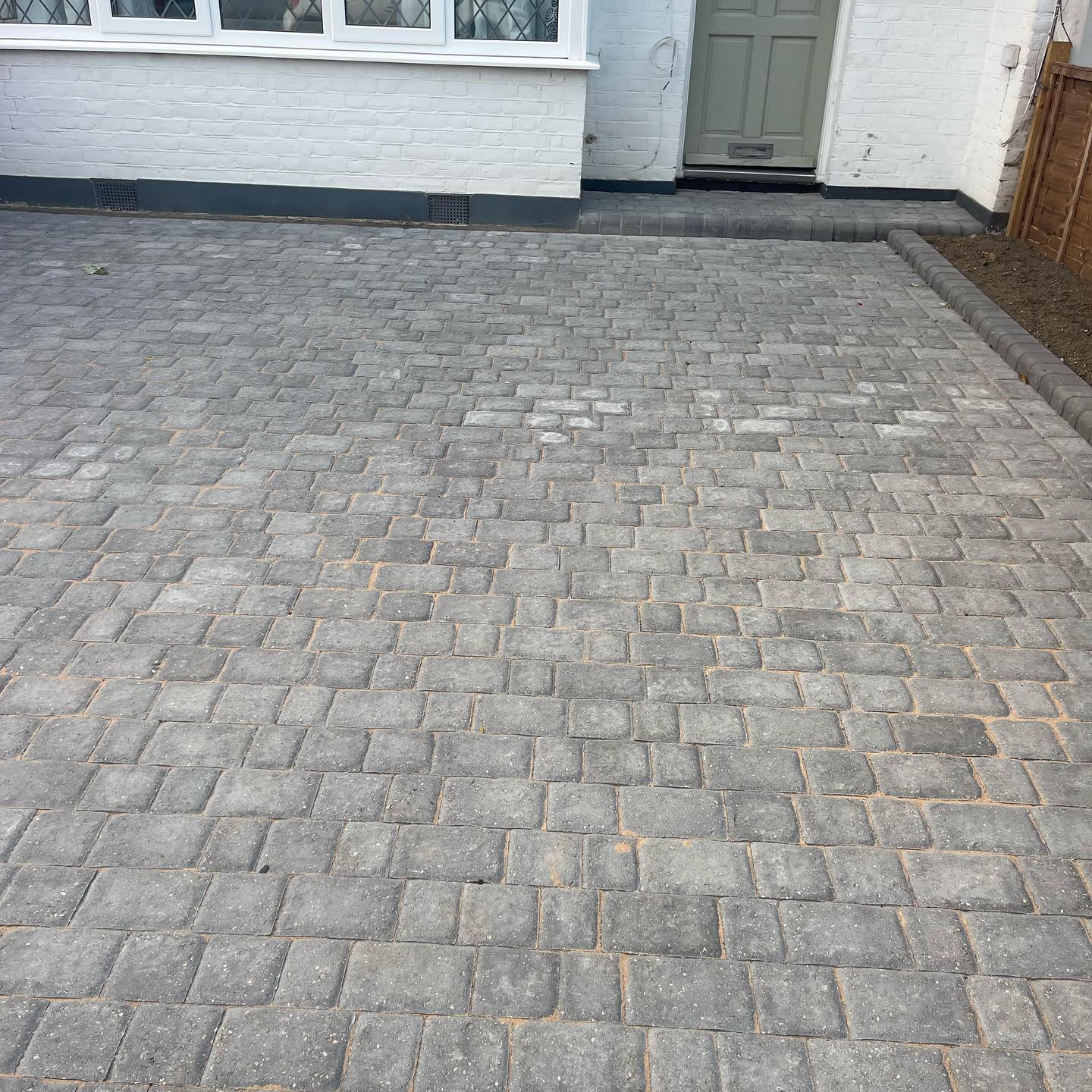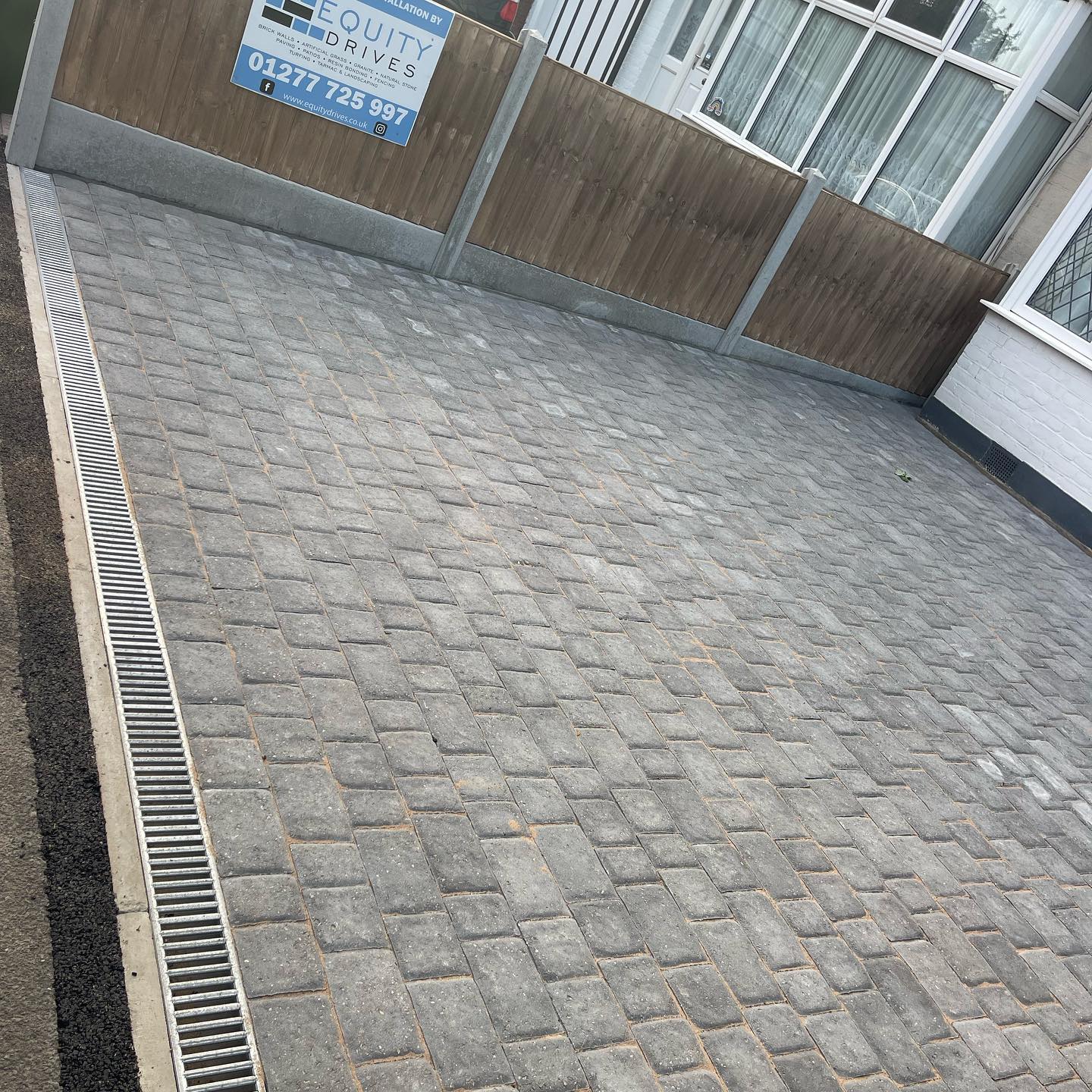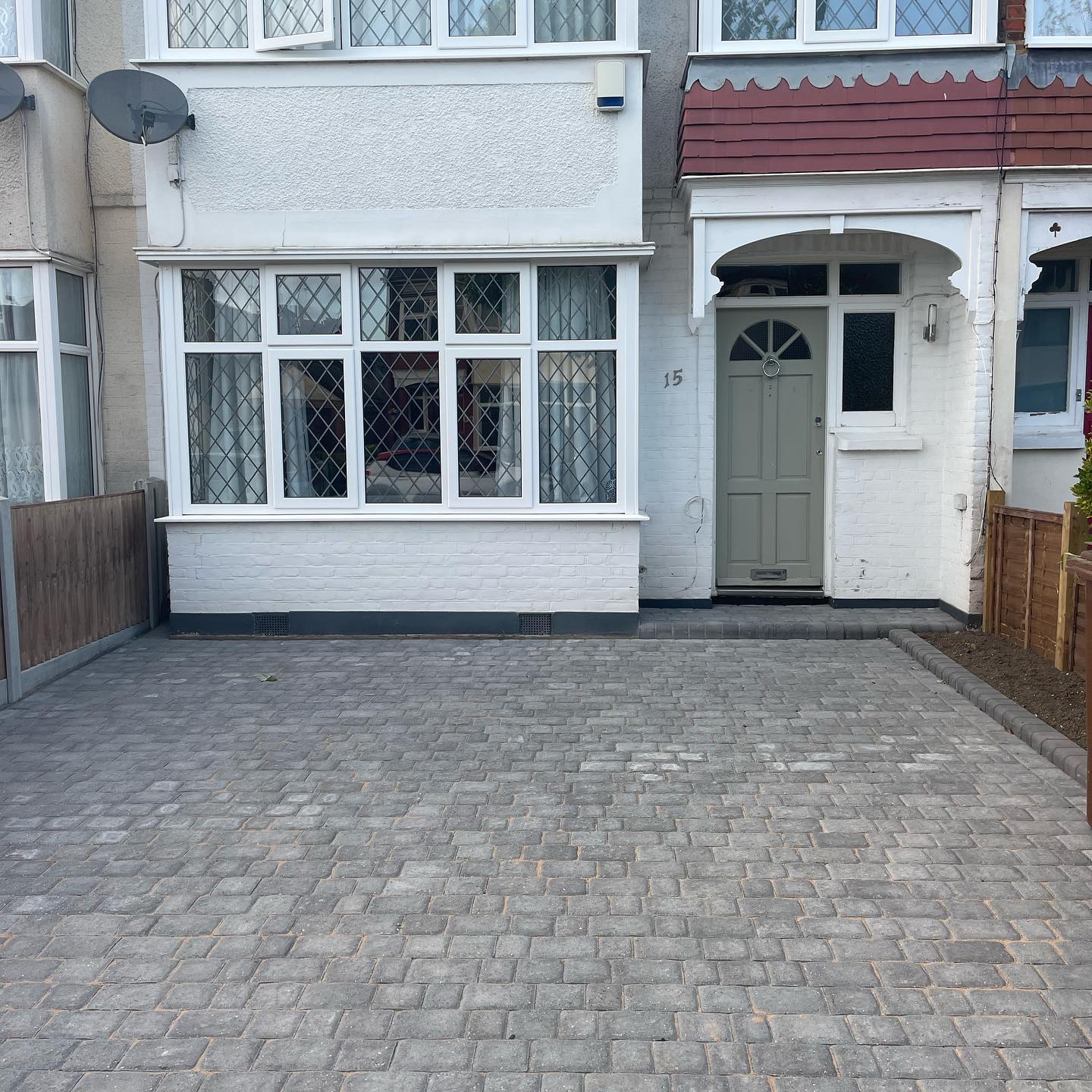
How to seal block paving
21 Oct 2022
If you have the right materials, sealing block paving is not difficult. You just have to follow a few simple steps and the job will be completed easily and conveniently.
Sealing block paving is important to protect the paved areas from different elements and keep them looking fantastic for years to come. Also, it prevents weed growth, which makes the paved areas unsightly and reduces their lifespan.
When should you seal block paving?
Many people think sealing is required in old block paving to avoid repairs and replacements. But, the fact is you should start working on sealing block paving a month after its installation. This gap is recommended so that no efflorescence forms. With this, your paved areas will be protected from the beginning and their look will stay intact forever.
Steps for sealing block paving
Step-1
Clean the paved areas
Cleaning includes the removal of mold, algae, and lichen, the removal of oil stains, and pressure washing of the surface. It is an important preparation step, leading to a long-lasting, well-performing sealer coating.
To remove mold, algae, and lichen, you should use a strong weed cleaner. You should use the weed cleaner as instructed on the packet. Later, you should use a low-pressure water sprayer to remove the solution and clean the area.
To remove tougher oil or grease stains, you should use a strong stain remover. You should pour the stain remover on the oil or grease stain. Make sure you cover the paved areas completely with the stain remover. The remover takes time to dry. Once dried, you should sweep the surface using a stiff broom and remove the dried product.
During preparation, pressure washing is important, whether you use the above products or not. Pressure washing removes any contaminant as well as a little of the old sand to allow room for the new sand that you will add later.
Step -2
Sand or re-sand the joints
Make sure your paved areas are clean and dry before sanding or re-sanding. In this step, you will need a broom and jointing sand to fill the joints between bricks. Apply a thin layer of sand over the whole area using a brush and fill all the joints moving a brush back and forth. When filling the joints, the sand should be of a consistent level.
The sand shouldn’t be on the surface; it should be around 1 cm below the face of the block so that it doesn’t come in contact with the roller when applying the block paving sealer. You should sweep away the rest of the sand from the surface.
Step -3
Apply block paving sealer
Use a high-performing and premium polyurethane block paving sealer. The sealer should be highly durable, and long-lasting for domestic, commercial, and industrial surfaces. You should start sealing only if rain is not anticipated for at least 24 hours. It’s because block paving sealer requires a proper drying time.
Using sprayers, rollers, or brushes, you can apply block paving sealers. The best option is sprayers as they are less likely to interfere with sanded joints. When using brushes and rollers, you should be a bit more cautious.
With these steps, sealing block paving is a straightforward job. But, if you are doubtful, you should seek help from professionals.


